Find an Aircraft Carrier: Drive Hunt
Earlier, we found out that there are many ways to carry out the initial detection of an aircraft carrier or ship strike group (AUG / KUG) - reconnaissance satellites and maneuvering spacecraft, stratospheric unmanned airships and high-altitude electric unmanned aerial vehicles (UAVs)and high-altitude and medium-altitude UAVs of long duration of flight of the HALE and MALE class.
However, there is always a risk that, immediately after detection, the AUG will destroy reconnaissance assets, apply various camouflage methods and change course to avoid meeting the enemy strike forces. Is it possible to minimize the time interval between the detection of an AUG and the strike against it by anti-ship missiles (ASM)?
Such a scenario can be implemented by reconnaissance and strike systems, which will be discussed in this article.
DARPA and her Gremlins
One of the most interesting projects in terms of creating promising reconnaissance and strike systems is the Gremlins project, implemented by the American defense agency DARPA. We have previously discussed this project in the article US Air Force Combat Gremlins: Reviving the Aircraft Carrier Concept.
The main essence of the project is the creation of small-sized UAVs in parameters comparable to the dimensions of a cruise missile (CR). These UAVs must be launched from various carriers, perform a combat mission and return to the assembly area by a C-130 transport aircraft, which is considered as the main carrier of a Gremlin-type UAV.
In fact, the concept of the Gremlins program is a logical development of patrolling cruise missiles with feedback from the carrier and the ability to retarget in flight.
UAVs developed under the Gremlins program must have limited reusability. It is assumed that they will have a resource for 20 flights. Most likely this is due to the reserve of the engine used in them, which is considered to be the Williams F107 turbofan, used in the AGM-86 ALCM and BGM-109 Tomahawk cruise missiles.
The payload of a Gremlins-type UAV should be 65 kg. Optionally, it can carry electronic intelligence equipment (RTR), an optical location station (OLS), which includes a color video camera, a low-level night vision camera and a thermal imager, electronic warfare (EW) equipment or a radar station (radar). And also dropped weapons or warheads for direct target destruction. The estimated flight radius of a Gremlins-type UAV will be about 500-600 kilometers.
What could be the role of a Gremlins-type UAV in hunting for AUG-KUG?
Having initially detected the AUG by reconnaissance satellites or high-altitude reconnaissance UAVs, the Gremlins-type UAV carriers move into the detection zone. At a certain line, the "Gremlins" are dropped, which distribute reconnaissance zones and begin a systematic search for the enemy's AUG.
It can be assumed that the C-130 can house about 10ꟷ20 Gremlins UAVs. Accordingly, four C-130 aircraft can simultaneously launch 40-80 UAVs. And to search for AUG in a strip several thousand kilometers wide along the front, moving away from the carrier at a distance of more than 500 kilometers.
UAVs of the Gremlins type with electronic reconnaissance equipment can detect the radiation of the Hawaiian long-range radar detection aircraft (AWACS) radar, ship-borne escort destroyer radars, anti-submarine aircraft and helicopter radars, as well as radio exchange to Link-16 tactical communication channels. Other "Gremlins" equipped with OLS or radars can search both the ships themselves and their wake. Equipped with electronic warfare equipment, UAVs of the Gremlins type can provoke the enemy into repelling an attack, turning on the air defense radar of ships and taking off of combat aircraft. Based on the data received, the operators will make a decision to change the UAV patrol zone in order to clarify the data on the location of other AUG ships.
Further, Gremlins-type UAVs can either loit in the target's visibility zone, or carry out its attack by self-destruction, and the attack can be carried out by a “flock” (tens ꟷ several dozen UAVs) to increase the probability of an air defense breakthrough by at least one UAV. The small mass of the warhead does not allow counting on the destruction of the ship or serious damage to its hull structures, but it is quite capable of completely knocking out radar equipment or vertical launcher silos. By the way, the priority destruction of escort ships is considered in the article by Alexander Timokhin "Do not touch aircraft carriers, sink destroyers".
On the one hand, it makes no sense to attack an aircraft carrier with such a small warhead (CU). On the other hand, if the UAV operator visually detects a cluster of aircraft on the deck, then there is a chance to considerably thin out the aircraft carrier's air group.
It can be assumed that the Gremlins will become a fairly simple target for the ship's air defense. But it is not so. Their design should be widely used technologies to reduce the visibility. Having detected the AUG ships, the UAV can descend to a minimum height and attack like a conventional low-flying anti-ship missile. It is not so easy to destroy 80 unobtrusive anti-ship missiles at once. Moreover, if some of them will perform the functions of electronic warfare or false targets with a transponder and / or elements that change the radar signature.
The use of "Gremlins" is the second stage of the AUG attack. Which comes after the first stage - detection by satellites and high-altitude UAVs. But before the third stage - the defeat of the AUG ships by a massive anti-ship missile strike. The main task of the Gremlins-type UAV is to clarify the coordinates and identify the AUG ships, as well as inflict maximum damage on the AUG escort ships.
"Gremlins" for the Russian Navy
In Russia today there is no information on the development of UAVs such as Gremlins. Nevertheless, work is currently underway to develop slave UAVs, which we talked about in the article Russian "Valkyrie": slave UAV "Thunder".
The Russian Federation has serially produced (and is now producing) aviation long-range cruise missiles Kh-55, Kh-555, Kh-101, Kh-102 and cruise missiles included in the Caliber complex, with a flight range of the order of 1500-3500 kilometers. There is information about the development of the Kh-BD cruise missile with a flight range increased to 5000-5500 kilometers.
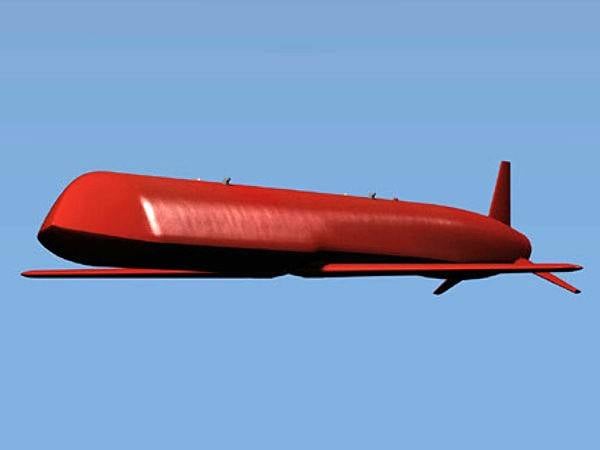
Can these missiles be used as the basis for reusable solutions similar to Gremlins-type UAVs? Probably yes. And the task of their adaptation can be conditionally divided into the following two subtasks.
The first subtask is to ensure multifunctionality and remote control of the CD. It is necessary to guarantee two-way communication of the CD with the carrier. The groundwork for solving this problem can be taken from R&D on UAVs "Orion" and "Thunder".
The CD itself must be modular - the standard warhead and the homing head are removed, various types of payload can be installed in their place, as well as on UAVs such as Gremlins - OLS, radar, RTR equipment, electronic warfare or false target imitation. Accordingly, compact warheads can also be installed.
The second subtask is to ensure reusability. It is necessary to carry out testing and, possibly, refinement of the KR engine for limited reusable operation, for several dozen flights. And also to develop a modification of the Il-76 with the ability to launch / receive UAVs (by analogy with the American C-130 carrier).
Taking into account the declared flight range of promising Russian KRs of 5000 - 5500 kilometers, UAVs with a range of about 2500 kilometers can be obtained. Of course, this is only possible if there are satellite communication channels. If the communication range is limited to a distance of about 500 kilometers, the payload of the UAV can be increased, or the time for the UAV loitering at the maximum distance from the carrier can be increased.
In principle, at the first stage, the task can be significantly simplified by giving up reusability, and focusing on multifunctionality and feedback from the carrier. If we consider UAVs of the Gremlins type as a multifunctional tool for warfare, then reusability allows you to get significant savings. If we are talking about actions against AUG / KUG, then the possibility of re-using UAVs becomes uncritical (due to the low probability of their survival and the expediency of a direct strike immediately after the detection of enemy ships).
In this case, the carrier of such conventional KR-UAVs can be the existing Tu-95 and Tu-160 bombers. Upgraded Tu-95MSM bombers are capable of carrying 8 Kh-101 type missile launchers on the external sling and another 6 Kh-55 missile launchers in the inner compartment. Presumably, the possibility of increasing the T-95MSM weapons compartment to accommodate the Kh-101 KR was considered. Thus, one Tu-95MSM bomber can potentially carry 8ꟷ14 KR-UAVs
The Tu-160M missile-carrying bomber can carry 12 Kh-101 missile launchers in its internal compartments. This means a similar number of KR-UAVs.
Currently, the United States is testing the possibility of placing the JASSM CD on an external sling in the B-1B bomber: the ultimate goal is to install 12 more missiles there for 24 missiles placed in bomb bays. As a result, the B-1B will be able to carry a total of 36 JASSM cruise missiles.
It is possible that such an upgrade is also possible for the Tu-160M, which will increase its ammunition load to 18ꟷ20 KR-UAVs.
Thus, four Tu-160Ms can launch 48-80 KR-UAVs, carrying out reconnaissance of an enormous territory and ensuring the defeat of escort ships. The advantage of using Tu-95MSM and Tu-160M missile-carrying bombers is their range, which significantly exceeds that of transport aircraft. And regarding the Tu-160M, there is also the possibility of a significant reduction in the delivery time of the KR-UAV due to the use of supersonic flight modes. The approximate range of the Tu-160M without taking into account the possibility of refueling in flight is discussed in the article "Hypersonic" Dagger "on the Tu-160. Reality or Fiction "?.
If disposable analogs of Gremlins-type UAVs are deployed on Tu-95 and Tu-160 aircraft, the question arises of placing operators who have nowhere to attach to bombers. If the UAV can be controlled via satellite communication channels, then the control can be carried out from the ground center. If it is absent, then a specialized control plane will be required. For example, on the basis of Tu-214PU (control point) or Tu-214USUS (aircraft communication center) with a flight range increased to 10500 kilometers.
With reusable UAVs, everything is clear. But what is the advantage of disposable UAVs over CD?
The main advantage of such a solution as the above-described KR-UAVs (in comparison with conventional KR / RCC) is the possibility of additional reconnaissance of the AUG / KUG and retargeting the KR-UAV in flight to detected targets, as well as target identification by the operator. That will drastically reduce the effectiveness of camouflage and decoys.
The long flight range, amounting to about 5000-5500 kilometers, will make it possible to "pull up" those KR-UAVs that did not detect targets on their own to the location of the detected AUG / KUG ships. Use them to clarify the last coordinates of targets (for a subsequent strike with super / hypersonic anti-ship missiles) and immediately strike the UAV itself.
The greatest threat to reconnaissance and strike systems of the Gremlins type will be presented by enemy aircraft. First of all, early warning aircraft (AWACS).
However, they can also be ruled. What we will talk about in the next article.
- Andrey Mitrofanov
- bastion-karpenko.ru, topwar.ru
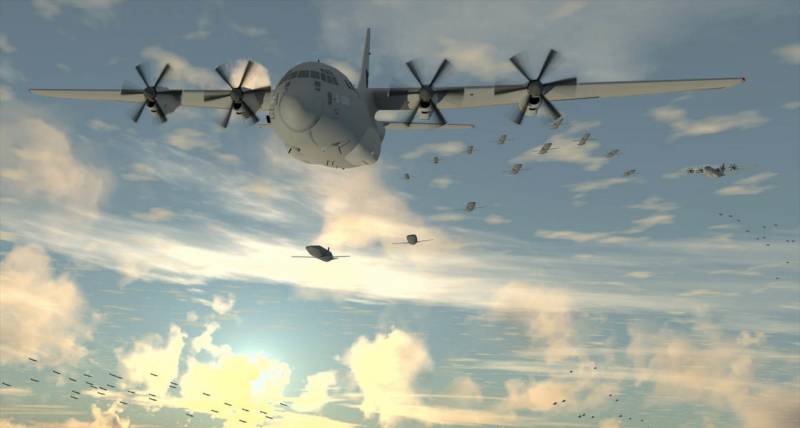
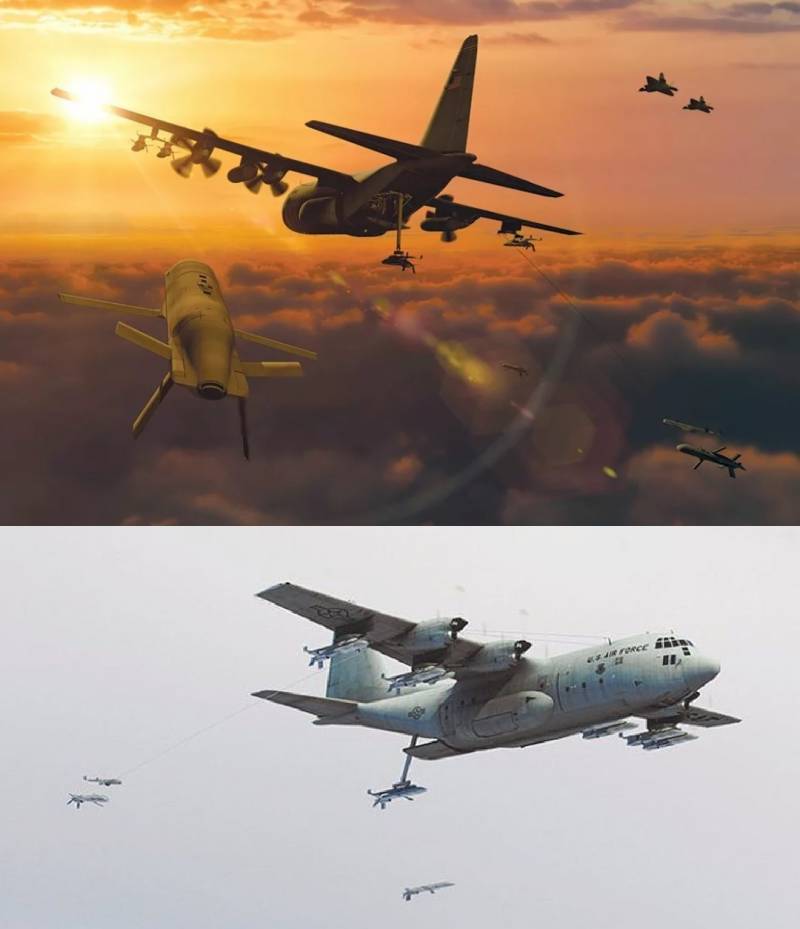
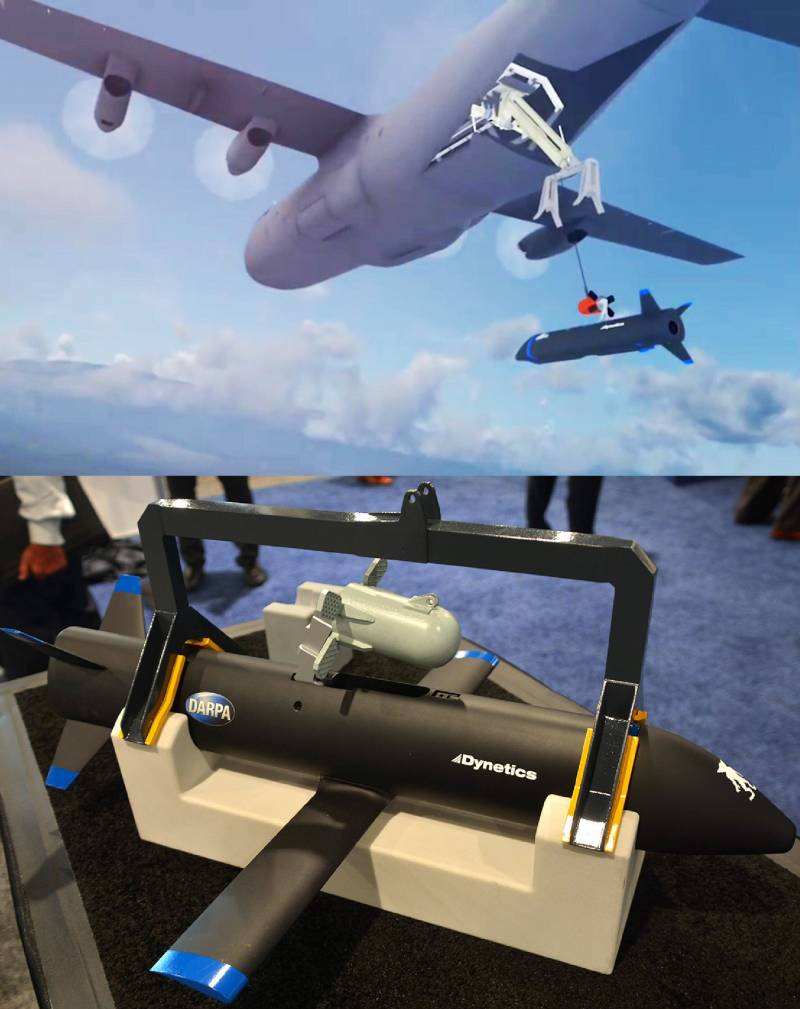
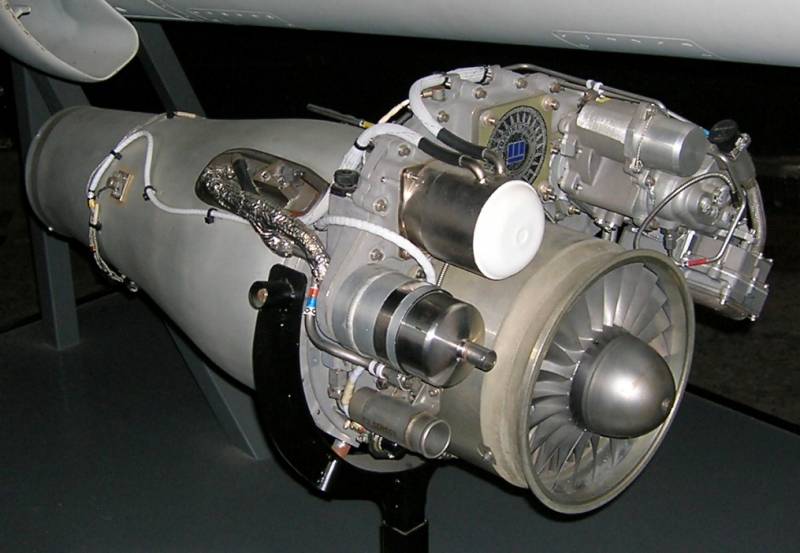
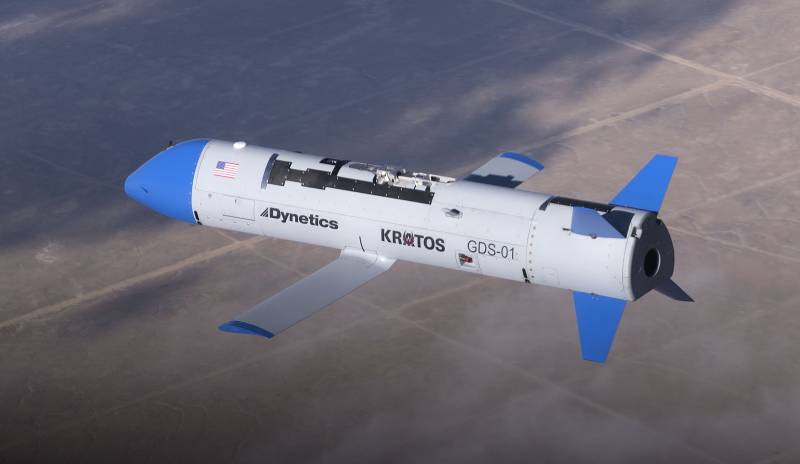
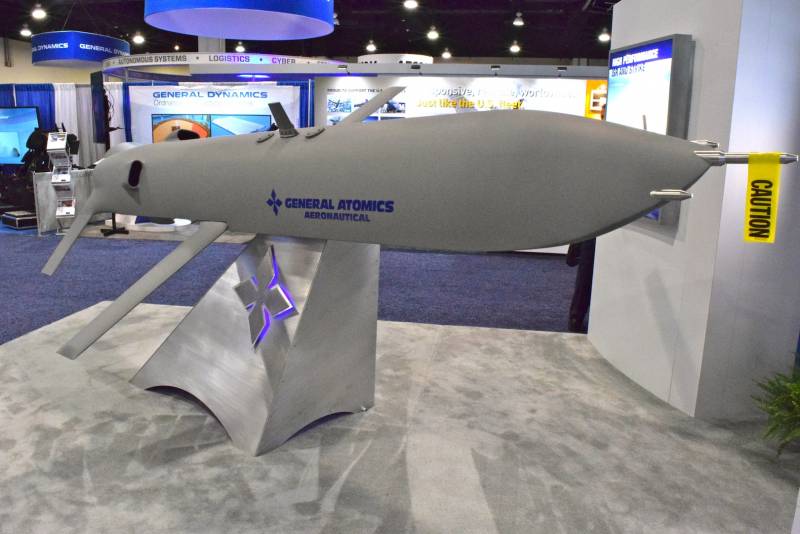
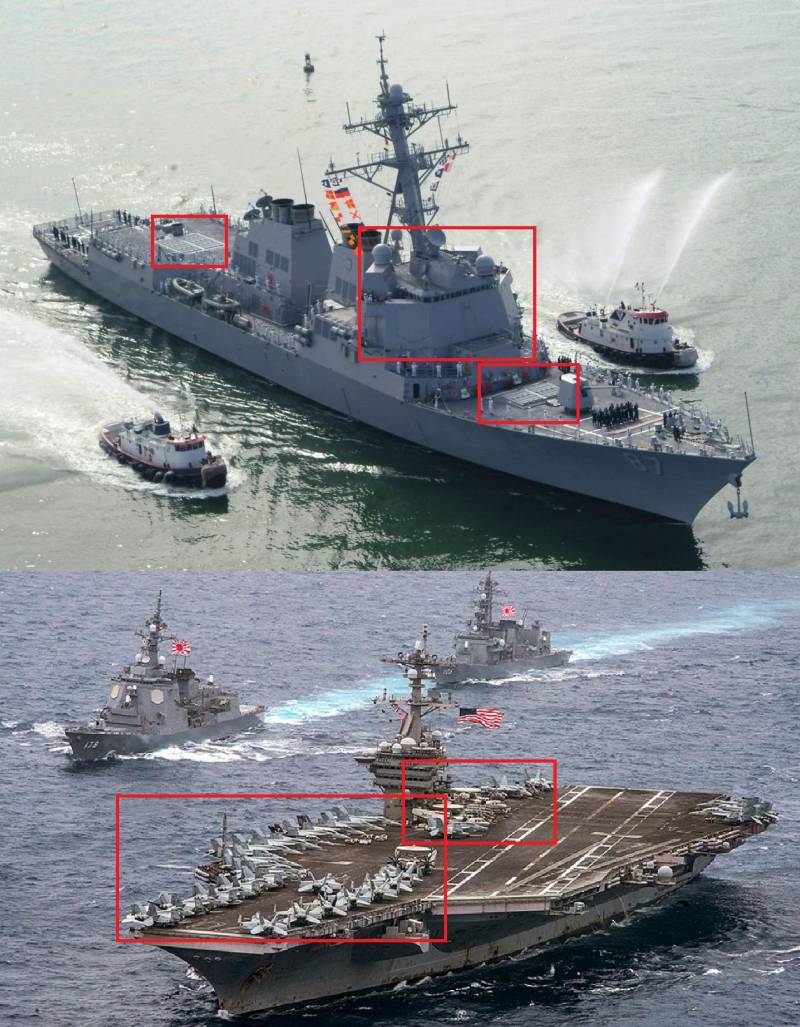
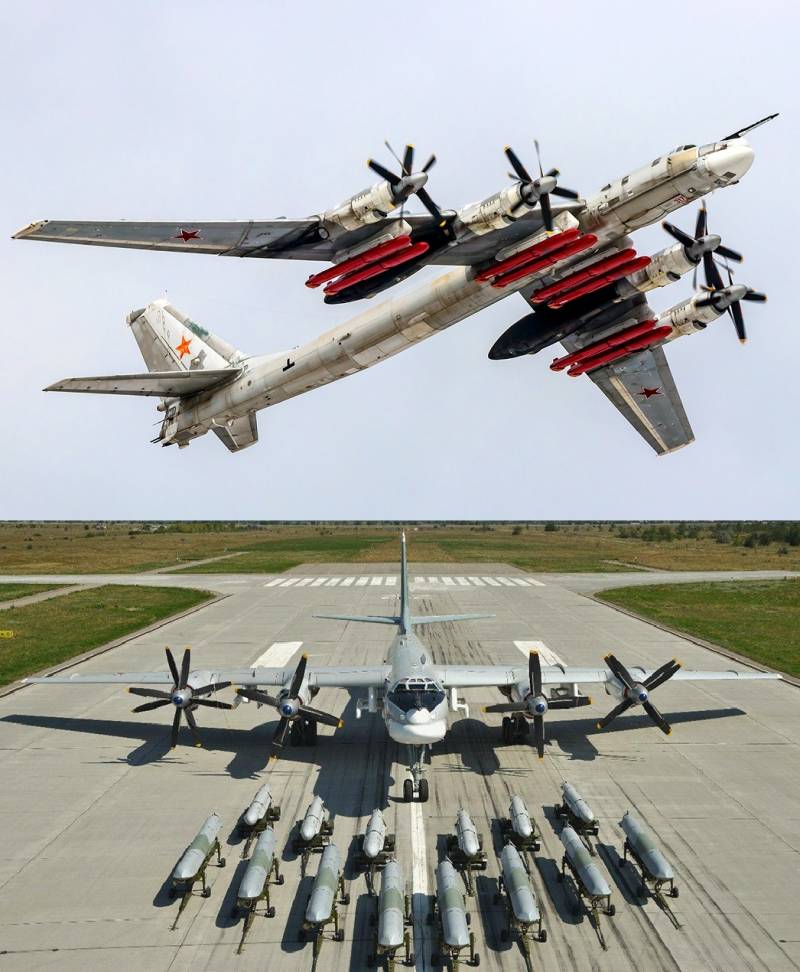
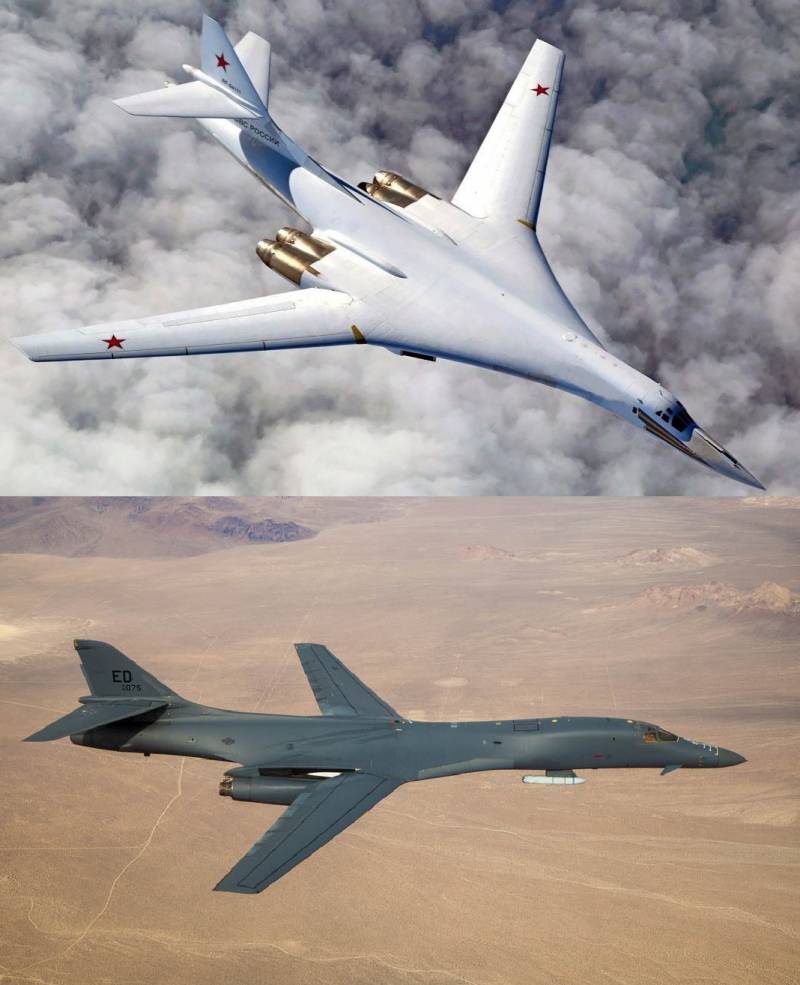

Information